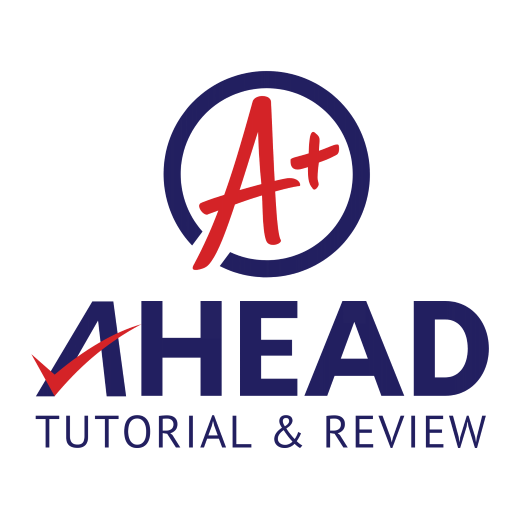Reading books, books, and more books is part and parcel of a good education. And while going through every title on your reading list is the ideal, the sheer volume of it can be daunting. With the Internet so accessible, it’s easy to Google what a particular book is all about. This saves you precious time, true, but it robs you of the opportunity to savor a book’s every page.
Fortunately, there’s speed reading. Speed reading is a skill where a person is able to read faster while maintaining a high level of comprehension. Zenon Alejandro D. Villongco, an AHEAD lecturer/tutor who specializes in Math, Science, and English, explains, “Speed reading involves some techniques and methods like chunking, eliminating, and sub-vocalization.” However, he adds that, “the most important trick in speed reading is knowing what information you want from a document before you start reading it.”
For Anton Villanueva, who teaches Language Proficiency, Reading Comprehension, and General Information at AHEAD, “Speed reading is the expert use of various reading techniques that maximize increases in speed while minimizing decreases in comprehension.”
The younger kids start learning speed reading, the better, “so that it can become second nature,” Teacher Anton says. However, he reminds that this should be done only when the language being used has been mastered based on language proficiency and reading comprehension.
Teacher Zenon recommends speed reading to children as young as 10 to 11 years old, the pre-teen years when most students are already in their late primary schooling.
“It is during this age when a person‘s basic reading competency and language skills are supposed to be already fully developed,” he explains. “It’s also during this time when a person starts to encounter more complex reading materials and would thus most benefit from speed reading.”
Teacher Anton says, “All students who are motivated to learn through seeking the truth by gaining more knowledge, in any field, can benefit.”
